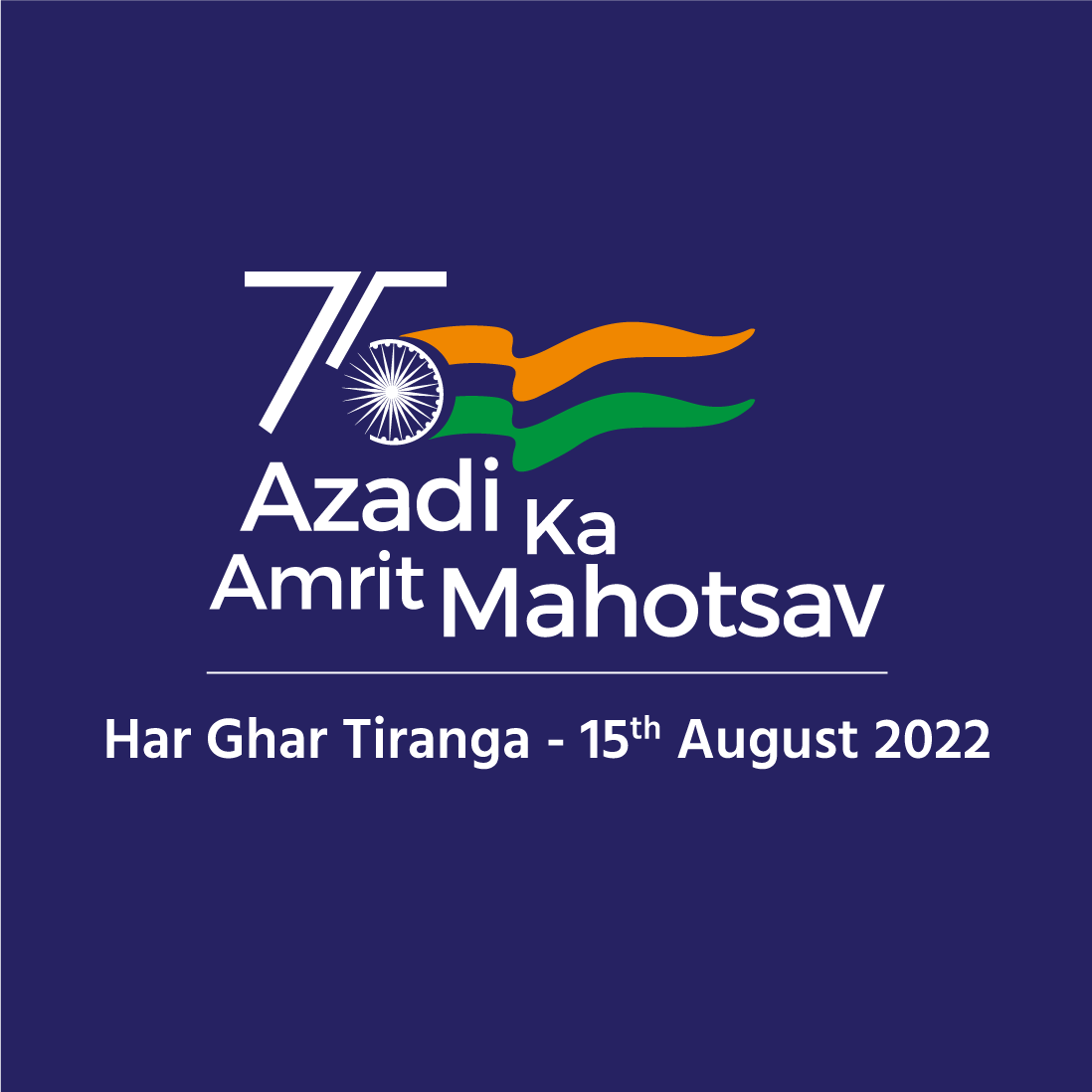
Indian Council of World Affairs
Sapru House, New DelhiBRICS Expansion in ASEAN and Indonesia’s Entry
Abstract: Indonesia’s entry into BRICS as a full member sets a precedent for further expansion in the ASEAN region. Given the attractiveness of BRICS, the scope of further expansion is not remote to other countries, especially Malaysia and Thailand, which are already BRICS Partner countries.
With the joining of Indonesia as a member of BRICS, the multilateral forum has expanded to the Association of Southeast Asian Nations (ASEAN) region, one of the most dynamic and fast-growing regions in the world, projected to grow at 4.7 per cent GDP in 2025. The country officially became a full member of BRICS on 6 January 2025, under the Brazil Presidency. During the Johannesburg Summit in August 2023, Indonesia’s candidacy was endorsed by BRICS leaders, who then approved it by consensus in 2024 after Subianto’s government notified the forum of its interest in joining BRICS.
From the original four countries, BRICS is now a multilateral forum of eleven emerging economies, including Brazil, Russia, India, China, South Africa, Saudi Arabia, Egypt, United Arab Emirates, Ethiopia, Iran and Indonesia. Its focus is to unite the efforts of the Global South to address the common concerns of global development. Expanded BRICS, or BRICS Plus, is successfully bringing several countries onto a single platform without a charter, a treaty, a budget, or a permanent secretariat. It now represents 46 per cent of the global population, 40 per cent of its trade, 40 per cent of crude oil production and exports[i] and about 30 per cent of its GDP.
The BRICS functioning style can be termed as “formally informal,” whereby the governance process operationally is based on common priorities without a formal structure. Each country’s Presidency is allowed to set these priorities; however, it must adhere to the guiding principles of BRICS cooperation, including mutual respect, openness, inclusiveness, solidarity, consensus, strengthening and reforming the multilateral system, international law, support for increased representation of emerging and developing countries in the international system and commitment to the central role of the United Nations in the international system. The forum, thus, serves as a political and diplomatic coordination platform for emerging markets and developing countries of the Global South to pursue their development agenda by aligning with BRICS priorities in global health, trade, investments and finance, climate change, artificial governance, multilateral architecture for peace and security and strengthening the institutional framework of the BRICS. These are also the six priorities of the current Brazilian Presidency.
The New Development Bank (NDB) was established in 2015 as the financing arm of the BRICS towards implementing the priorities. NDB “supports infrastructure and sustainable development projects in alignment with the development objectives of its members.” It has been financing several projects in the focus areas, including clean energy and energy efficiency, transport infrastructure, water and sanitation, environmental protection, social infrastructure and digital infrastructure. So far, NDB has approved 96 projects for about $33 billion.
Indonesian membership also adds to the rich diversity of BRICS continents, regions, political systems, economies and cultures. It is the largest economy and the most populous nation in Southeast Asia. It is apt here to view the inclusion of Indonesia as the recognition of the “ASEAN centrality” and the organisational principle for ASEAN regionalism to navigate through complex geopolitical and geoeconomic challenges pervading the region and the world. It also strengthens the BRICS operational basis, i.e., the principles of mutual respect, openness, solidarity, consensus, international law and cooperation.
However, Indonesia’s joining is not its first exchange with BRICS. As a BRICS outreach country, the Minister for Foreign Affairs of the Republic of Indonesia, Sugiono, met with the NDB President Dilma Rousseff on the sidelines of the 16th BRICS Summit in Kazan, Russia, on 23 October 2024. The President noted that Indonesia’s national strategic programmes match the NDB’s mandate and highlighted the potential for future cooperation.[ii] President Rousseff also met with the Minister of Economy of Malaysia, another Outreach country, on the sidelines of the Summit.
Indonesia’s BRICS policy aligns with the forum by supporting the reform of the global governance institutions and contributing significantly to the deepening of Global South cooperation.[iii] By joining the forum, the country aims to boost President Prabowo Subianto’s target of increasing GDP growth to 8 per cent[iv] from the present growth projection of five per cent for the next two years. It will open new economic opportunities, attract investment and strengthen its global influence.
Indonesia’s BRICS membership is also about its ambition to play an increased role in global politics, and its association with the BRICS countries will propel it. Indonesia’s experiences dealing with the popular Asian “noodle bowl,” i.e., the proliferation of overlapping free trade agreements, show its strengths in foreign economic policy. In addition, its diplomacy could balance the geopolitical interests of major powers in the region. Under the BRICS mechanism, the member countries can engage with those countries in their regional proximity through BRICS development projects. Now, Indonesia can also perform similar cooperation exercises in the region. The scope of further expansion is not remote to other countries, especially Malaysia and Thailand, which are already BRICS Partner countries. The Partner countries can be invited to participate in discussions organised by the BRICS mechanism based on the consensual approval of the BRICS member states.
For Indonesia and other ASEAN nations, BRICS provides economic opportunities to further their national development agenda. BRICS Plus is a partner to 28 per cent of countries globally, allowing Indonesia to engage better in multilateral trade, infrastructure financing and technological collaboration.[v] India and China are already the major importers of palm oil in the forum. It is the world’s largest thermal coal exporter, and favourable trade terms could strengthen its position further. As a multilateral development bank, NDB offers ASEAN nations its strengths in mobilising resources for infrastructure and sustainable development projects in BRICS and Global South countries. It can enhance Indonesia’s efforts in energy transition by financing energy transition projects. The forum can accelerate Indonesia’s aim of becoming a key global electric vehicle battery hub, as the country has the world’s largest nickel reserves. Moreover, Indonesia’s membership is also conducive when it is undergoing its capital relocation from Jakarta to Nusantara due to climate vulnerabilities and regional development disparities. The capital relocation is also about redefining its regional and global power role.
One critical factor for the attractiveness of BRICS to developing nations lies in its focus on and dedication to addressing the common development challenges facing Global South countries. In its development projects, BRICS does not come with the conditions of liberalisation and structural reforms as in the Bretton Woods institutions, such as the World Trade Organisation’s Doha trade deal. BRICS does not use free trade agreements (FTAs) to enhance its global development objectives. The growing clout of BRICS can be seen from the participation of 33 countries and six international organisations at the Kazan Summit[vi]. Moreover, 30 countries showed interest in joining BRICS. The lack of inclusiveness and representativeness in formal multilateral institutions like the IMF and the World Bank has encouraged the emergence of informal forums like BRICS Plus.
Along with the NDB, establishing the Contingent Reserve Arrangement in 2015 with $100 billion has strengthened the existing global financial safety net for the CRA signatory countries. The BRICS CRA also complements existing international monetary and financial arrangements, such as the International Monetary Fund, as an additional line of defence in the case of a balance of payment crisis.[vii]
ASEAN nations are well-experienced in formally informal engagements in a complex region with geopolitical challenges. It could be beneficial when they participate in the BRICS Plus, which has countries with different political systems but shared values and common interests in strengthening global multilateralism.
*****
*Dr. Mehdi Hussain, Research Associate, Indian Council of World Affairs, New Delhi.
Disclaimer: Views expressed are personal.
Endnotes
[i] Stewart Patrick. “BRICS Expansion, the G20, and the Future of World Order,” (Carnegie Endowment for International Peace, October 09, 2024). https://carnegieendowment.org/research/2024/10/brics-summit-emerging-middle-powers-g7-g20?lang=en. (Accessed February 13, 2025).
[ii] NDB. “NDB President Dilma Rousseff Met with Leaders and Heads of Delegations of BRICS Plus/Outreach Countries at 16th BRICS Summit,” (NDB, President’s Desk, October 24, 2024). https://www.ndb.int/insights/ndb-president-dilma-rousseff-met-with-leaders-and-heads-of-delegations-of-brics-plus-outreach-countries-at-16th-brics-summit/#:~:text=Dilma%20Rousseff%2C%20President%20of%20the,NDB%20President%20met%20with%20H.E. (Accessed February 13, 2025).
[iii] Ministry of Foreign Affairs. “Indonesia as a New Member of BRICS,” (Jakarta Embassy: Federal Government of Brazil, January 07, 2025). https://www.gov.br/mre/pt-br/embaixada-jacarta/indonesia-as-a-new-member-of-brics. (Accessed February 12, 2025).
[iv] Ayman Falak Medina. “Indonesia Joins BRICS: Unlocking New Economic Opportunities,” (ASEAN Briefing, January 08, 2025). https://www.aseanbriefing.com/news/indonesia-joins-brics-unlocking-new-economic-opportunities/. (Accessed February 12, 2025).
[v] Ayman Falak Medina. “Indonesia Joins BRICS: Unlocking New Economic Opportunities,” (ASEAN Briefing, January 08, 2025). https://www.aseanbriefing.com/news/indonesia-joins-brics-unlocking-new-economic-opportunities/. (Accessed February 12, 2025).
[vi] Vox South. “Why BRICS so Popular Among Global South Countries?” (International Department, Central Committee of CPC, November 01, 2024). https://www.idcpc.org.cn/english2023/opinion/202411/t20241108_165925.html. (Accessed February 14, 2025).
[vii] BRICS Information Centre. Treaty for the Establishment of a BRICS Contingent Reserve Arrangement, (Fortaleza: Ministry of External Relations of Brazil, July 15, 2014). http://www.brics.utoronto.ca/docs/140715-treaty.html.















